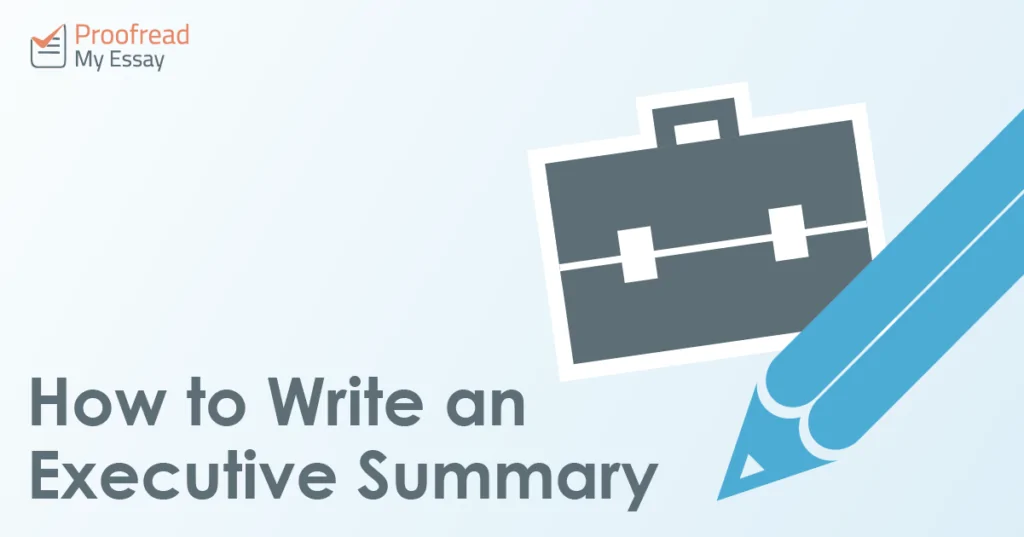Many business plans and reports include an executive summary of the overall document. But when should you include an executive summary in a document? And how do you write one? Read on to find out.
Do You Need an Executive Summary?
Executive summaries are designed to quickly communicate the content of long business plans and reports. However, not every document needs an executive summary. This depends on two things:
- The length of the document
- The intended audience
If it is a short document designed for internal use, you may not need a summary, especially if the readers are already part of the project team. However, if you’re writing at length or for an audience that is not directly involved in the project (e.g. company CEOs or outside investors), an executive summary will give them an easy way to digest the key details.
Who Are You Writing For?
Knowing your audience is also vital for deciding what to put in an executive summary. Once you know who you are writing for, think about what they need to know, then build the report around these key details.
One way to do this is to imagine what you would say if you only had a few minutes to explain your points in person. Ask yourself a few questions:
Find this useful?
Subscribe to our newsletter and get writing tips from our editors straight to your inbox.
- What do they already know?
- Are you just explaining something or recommending a course of action?
- Do they need to know how you gathered the information?
- What are the key points you want them to take away after reading?
This should give you a better idea of what to include in your summary.
The Structure of an Executive Summary
The exact content of an executive summary will depend on who it is for. But as a rough guideline, it should be structured like this:
- Subject/Statement of Problem – What the report is about.
- Methods – If applicable, briefly explain your research and/or analysis
- Key Findings –The most important findings in your research.
- Conclusions – A short concluding statement about what you have found.
- Recommendations – Bullet points recommending any actions required.
- Limitations – If applicable, explain any limitations of your methods.
The most important thing is to make sure your summary is tailored to the situation. Include only what you need to include to make yourself clear. But make sure not to miss out any vital information!
Remember, too, that an executive summary will be read instead of the full report. Thus, if there is anything in the report that your audience needs to know, it must go in the summary as well. And to be sure your business writing is easy to read, don’t forget to have it proofread by the experts!



